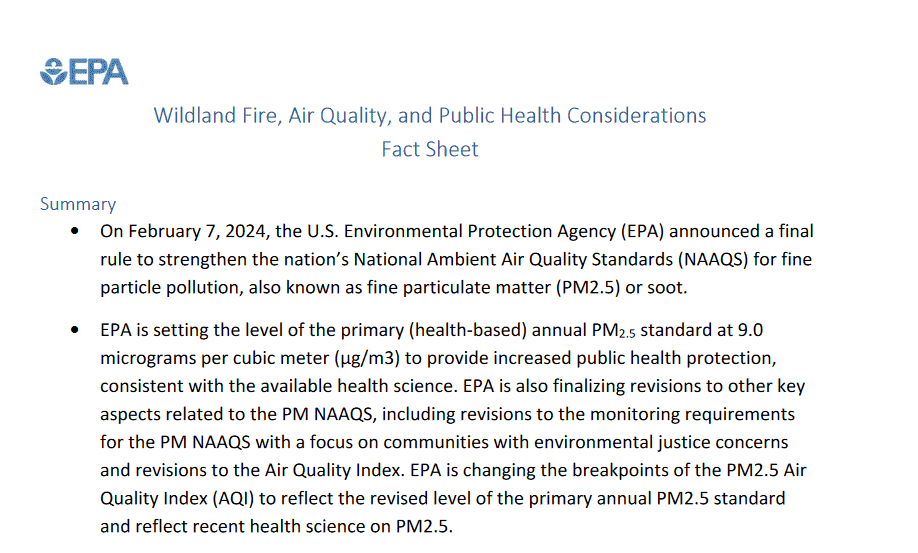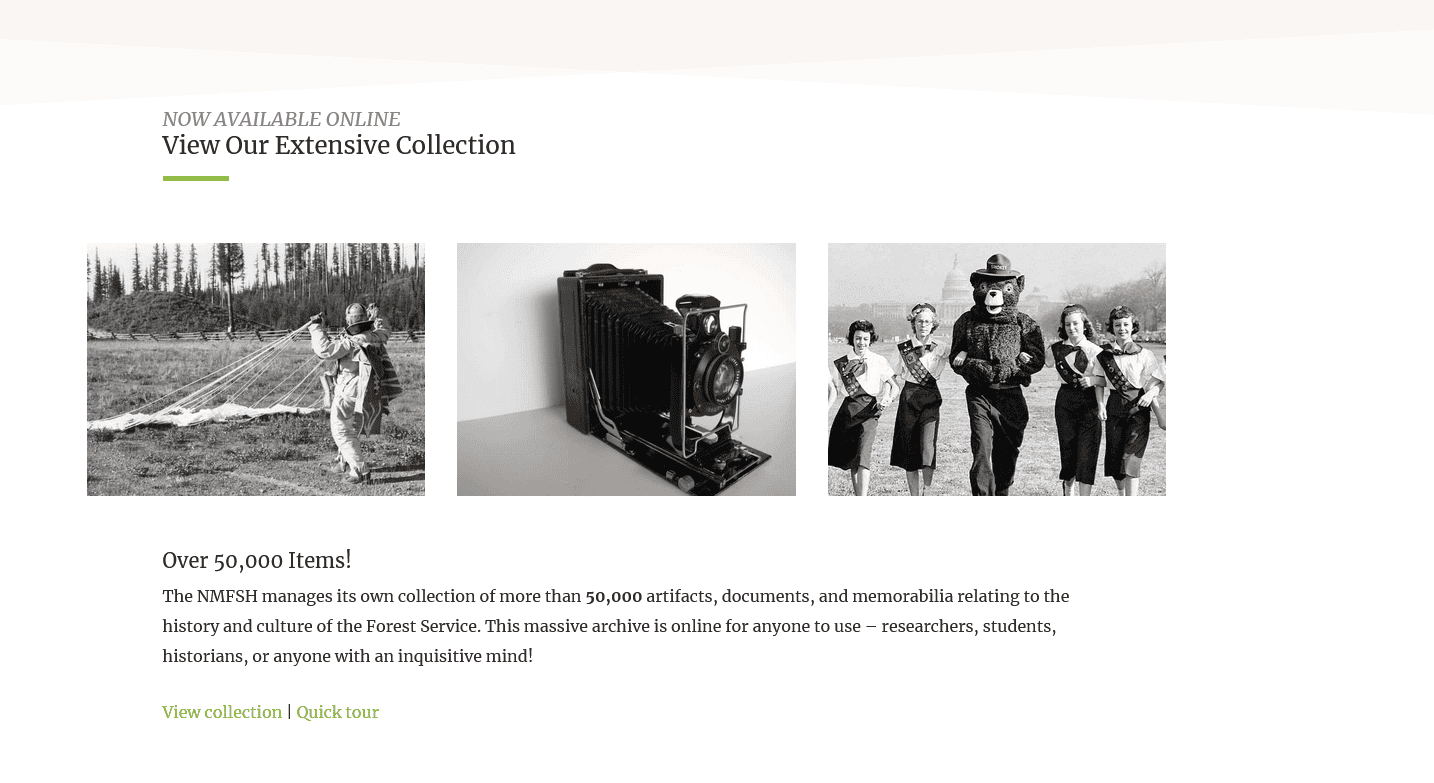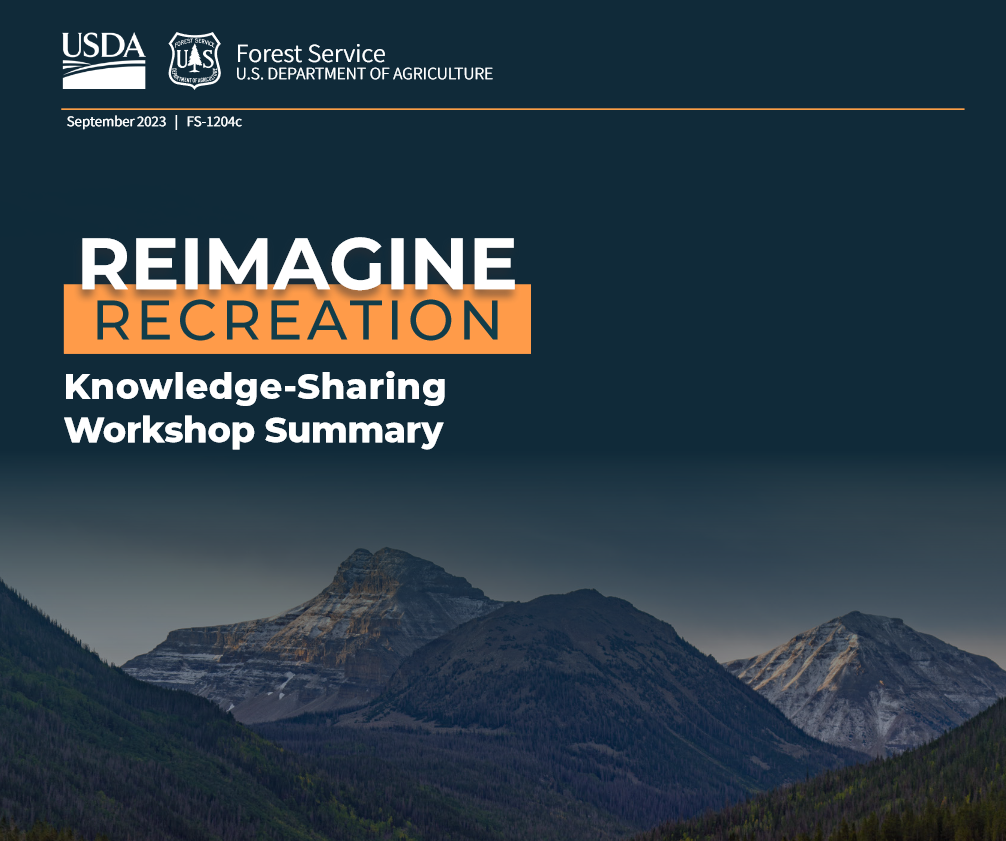
FEATURED CASE
Court decision in North Cascades Conservation Council v. U. S. Forest Service (E.D. Washington)
On January 17, the district court granted summary judgment to the Forest Service with regard to the Twisp Restoration Project on the Okanogan-Wenatchee National Forest. The proposed project stated that most of the thinning and prescribed fire treatments would use a “condition-based management strategy.” The court held that the project complied with NEPA requirements related to the proposed action, alternatives, cumulative impacts, public participation and the significance of effects. The latter two issues implicated the issue of condition-based management, where the court held:
“At the heart of Plaintiff’s challenge is the Forest Service’s use of condition-based management. Plaintiff has not shown that this approach violates NEPA as a matter of law. Here, the Final EA disclosed detailed decision criteria that will be applied during the TRP implementation to ensure the actual conditions on the ground meet the expected conditions disclosed in the Final EA. If they do, the approved treatment will be applied. If they do not, the treatment will not be applied.
In this case, the Final EA’s description of condition-based management details the decision criteria for each approved activity, specific prescriptions that will be applied if those decision criteria are met, maps identifying where those prescriptions would be applied, and estimates of the timing of implementation.
The Court finds that the use of condition-based management is not arbitrary or capricious as a matter of law and as applied in this case.”
The highlighted language is why I think “this case” may represent a different kind of “condition-based” management than other project we have seen, some of which have lost in court. This statement means the action will not be changed from how it has been described (other than possibly reducing the scope of the action and its effects), and it limits the likelihood that unanticipated environmental effects may occur (if they do become evident later, the project would still be subject to NEPA’s new information requirements). Overall, the specificity of the decision seems to be in greater detail than other projects labeled “condition-based,” and in this regard is more similar to the Ashland Municipal Watershed case upheld by a court and discussed in my comments here (though the project area of 24,000 acres is larger). While the Twisp Project court carefully recognizes that such management is legal “as applied in this case,” this implicitly recognizes that it might not be if done with less specificity or without the limit that was imposed.
OTHER FOREST SERVICE CASES
Court decision in Alliance for the Wild Rockies v. Higgins (D. Idaho)
On January 10, the district court held that plaintiffs had waived their right to sue for a violation of the Healthy Forests Restoration Act by failing to object to the intended use of a categorical exclusion for WUI projects during their participation in administrative proceedings. Qualifying projects are exempt from formal objections; however, there was an opportunity for plaintiffs to notify the agency during scoping of its disagreement about HFRA compliance, which they did not do in their “more than 100 pages” of scoping comments.
New lawsuit: Chattooga Conservancy v. U. S. Forest Service (W.D. North Carolina)
On January 31, five conservation groups sued the Nantahala-Pisgah National Forest over its Southside logging project. The project was developed under a forest plan that has been recently revised, and the complaint alleges that the project is not consistent with the revised plan. The revised plan places the 15-acre timber stand at issue in a Special Interest Management Area based on its high ecological values, and also protects the scenic integrity of lands adjacent to the Whitewater Scenic River where the stand is located. The complaint alleges that the logging contested in the lawsuit, that intends to create “early successional habitat,” does not meet the specific criteria established in the forest plan. (The article includes a link to the complaint.)
BLM CASE
Withdrawal of the subject of Willamette Riverkeeper v. Teitzel (D. Oregon)
On December 14, the BLM announced the withdrawal of this project following litigation commenced in November “in order to incorporate additional aquatics data and analysis,” likely including the effects on the chinook salmon of concern to plaintiffs. Plaintiffs then dismissed the lawsuit.
FIRE FALLOUT
Freres Lumber Co. has sued the Forest Service for $33 million for not trying hard enough to put out the 2020 Beachie Creek Fire. The plaintiff alleges that this case clears the high bar for liability under the Federal Tort Claims Act because of the Willamette National Forest’s “negligent failure to follow its own mandated fire attack plan.” It burned over 5000 acres of the company’s timberlands.
On January 21, “yet another utility lawsuit” was filed over the 2020 fires in Oregon. Law firms representing 238 victims who lost homes and property in the Holiday Farm fire sued the Eugene Water and Electric Board, Lane Electric, and Bonneville Power Administration in federal court for their roles in the fire, which burned both national forest and BLM lands east of Eugene.
A California man has pleaded guilty to setting several fires on the Shasta-Trinity National Forest in 2021, including some behind firefighters who were actively fighting the Dixie Fire. (The article includes a link to the plea agreement.)
An Alaska charter fishing company has paid $900,000 to settle a lawsuit brought by the U.S. government alleging one of its guides started a wildfire in 2019 by failing to properly extinguish a campfire at a campground on the Klutina River. The funds will help cover the costs incurred by state and federal firefighters to extinguish the fire, which burned about 0.28 square miles.
FISH AND WILDLIFE SERVICE
Notice of Intent to Sue
On January 26, Montana Fish, Wildlife and Parks filed a notice of intent to sue the U.S. Fish and Wildlife Service within 60 days if it does not overturn its November decision to list wolverines as a threatened species under the Endangered Species Act. The complaint alleges the agency did not use the best available science. This listing decision followed previous litigation for not listing the species (last discussed here). Idaho’s Office of Species Conservation filed a similar notice on the same day. (The articles have links to the notices.)
On February 2, the U. S. Fish and Wildlife Service announced that it would reiterate the decision by Congress to delist the gray wolf in the northern Rocky Mountains. The FWS rejected arguments that hunting initiated by the states where it had been delisted constituted a threat that warranted relisting the species. At the same time, the FWS announced that it will undertake a process to develop a first-ever nationwide gray wolf recovery plan by December 12, 2025. A FWS appeal of a district court decision that relisted wolves outside of the Northern Rockies is pending. The article includes a link to the press release covering these actions.
OTHER CASES OF INTEREST
- Chevron deference and the 1872 Mining Law
On January 17, the Supreme Court heard two cases against the National Marine Fisheries Service rules pertaining to monitoring on fishing boats, but which could make it harder for all federal agencies to regulate. The “Chevron Doctrine” is the result of a 1984 case supported by conservatives at that time as a curb on “unelected liberal judges” overruling federal agencies. It required courts to defer to interpretations of statutes by federal agencies if the statute is ambiguous and the agency interpretation is reasonable. Now it appears this conservative court would rather make the interpretations itself instead of “unelected federal bureaucrats” who are more responsive to a liberal administration (which was elected). Here is a short overview of the statements made by the Supreme Court at the hearing.
How might that affect federal land management? As an initial point, an agency’s interpretation of its own regulations is governed by another court case (Auer) that would not necessarily be affected. A forest plan’s compliance with the 2012 Planning Rule should be governed by that. On the other hand, the Planning Rule itself could be reviewed under whatever standard the Supreme Court comes up with to modify or replace Chevron. There is a question in my mind of whether regulations like this that govern agency actions like planning, rather than directly affecting the public, would be viewed the same way.
As a real example, on January 16, the D. C. Circuit Court of Appeals conducted a hearing in Earthworks v. U. S. D. I., a case filed in 2009. It concerns a 2003 regulation implementing the 1872 Mining Law that allows mining companies to claim an unlimited amount of federal land around a mining site for mining-related activities like chemical processing and waste dumping. If there is any ambiguity in the statute, the court would have to defer to the Interior Department’s decision, as per the Chevron doctrine. The issue then becomes whether the statute is ambiguous, and the courts get to decide that (even though the judges know less about the subject matter than the agency expert). Here’s what the law says:
“Where nonmineral land is needed by the proprietor of a placer claim for mining, milling, processing, beneficiation, or other operations in connection with such claim, and is used or occupied by the proprietor for such purposes, such land may be included in an application for a patent for such claim, and may be patented therewith subject to the same requirements as to survey and notice as are applicable to placers. No location made of such nonmineral land shall exceed five acres and payment for the same shall be made at the rate applicable to placer claims which do not include a vein or lode.” (30 U.S.C. 42(b))
At the hearing, the parties offered their interpretations of whether this language is ambiguous, and whether it limits nonmineral land inclusion in a claim to five acres, and therefore whether or not BLM’s current regulation imposing no limits is valid.
On January 26, Puckett Land Co. filed a motion to dismiss (and the court granted it) its diligence application for conditional water rights to avoid abandoning water rights that date to 1966. The conditional rights were associated with the planned construction of a 23,983-acre-foot reservoir on BLM land within the boundaries of an area (Thompson Divide) that the Forest Service and BLM are proposing to withdraw from eligibility for new oil and gas leases. The reservoir would have been used for shale-oil production in that area. (The federal agencies had not filed a statement of opposition to the water right.)
POST-LITIGATION FOLLOW-UPS
Two national forest travel management plans were recently completed that respond to prior litigation.
In 2007, a lawsuit resulted in a court order that barred motorized over-snow vehicles from the entirety of the caribou’s recovery zone on the Idaho Panhandle National Forest, cutting off access to about 250,000 acres (most recently addressed here). The Kaniksu Over-Snow Vehicle Use Designation Project won’t go into effect until the Forest Service publishes a final map, which is expected before next winter. It reopens some areas to snowmobile use, and closes areas earlier in the spring to protect grizzly bears. On the horizon? A spokesman for WildEarth Guardians said, “We’re still evaluating the decision and considering our options while trying to balance out a lot of litigation priorities. Sadly, there are a lot of bad decisions out there. This is one of them, and we’re taking a close look.”
The Nez Perce-Clearwater National Forest has prepared a Draft Record of Decision and Final Supplemental Environmental Impact Statement for the Clearwater National Forest Travel Planning Project to comply with the District of Idaho’s December 2022 remand order and prohibition of motorized use of the Fish Lake Trail (most recently discussed here). It would again amend the forest plan and reinstate summer motorized use on the Fish Lake Trail.
A proposed resource management plan from the BLM in Arizona would limit recreational shooting to 5,295 acres of the 486,400-acre Sonoran Desert National Monument. Currently, target shooting is permitted on 435,700 acres. The plan is the result of a series of lawsuits and an April 2022 court settlement that required the BLM to reassess how it handled recreational target shooting on the monument (most recently discussed here).
 It’s Valentine’s Day, and I would like to give a special Smokey Wire Valentine to Sara C., who answered my questions on the PM 2.5 Rule in a very clear and concise way. In case you didn’t read it in the comments, here are her answers. As hard as our regular contributors work, we can’t keep up with everything of interest, and so that’s why we all appreciate folks who step up with their knowledge. Here’s what Sara had to say in this comment link.
It’s Valentine’s Day, and I would like to give a special Smokey Wire Valentine to Sara C., who answered my questions on the PM 2.5 Rule in a very clear and concise way. In case you didn’t read it in the comments, here are her answers. As hard as our regular contributors work, we can’t keep up with everything of interest, and so that’s why we all appreciate folks who step up with their knowledge. Here’s what Sara had to say in this comment link.



